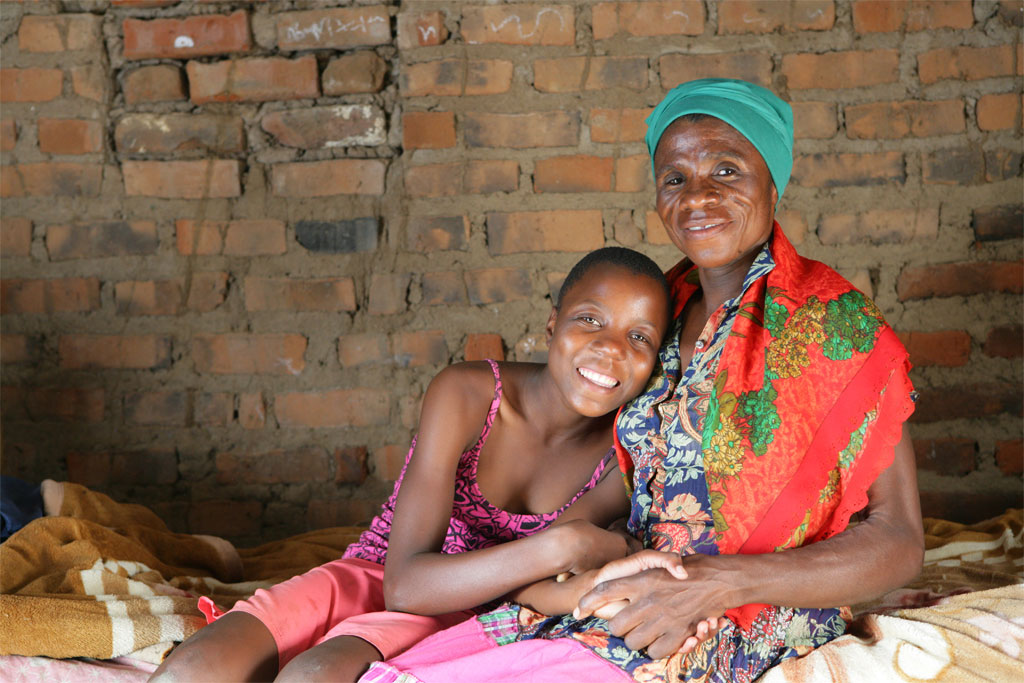
Despite significant progress in the extension of social protection in many parts of the world, the human right to social security is not yet a reality for a majority of the world’s population.
According to new data presented in the World Social Protection Report 2017/19: Universal social protection to achieve the Sustainable Development Goals , only 45% of the global population is effectively covered by at least one social benefit, while the remaining 55% – 4 billion people – are left unprotected.
The International Labour Organization (ILO) report looks at specific aspects of social protection, providing global and regional findings based on new data in the following areas:
Children
- 30% of children enjoy effective access to social protection, while almost 2/3 of children globally – 1.3 billion – are not covered, most of them living in Africa and Asia.
- Just 1% of GDP is spent on child and family benefits for children aged 0-14, pointing to significant underinvestment in children.
- Coverage and benefit levels often remain insufficient. A number of countries even reduced social protection for children in the wake of fiscal consolidation policies.
Women and men of working age
- 22% of unemployed workers are covered by unemployment benefits, while 152 million unemployed workers remain without coverage.
- 41% of mothers with newborns receive a maternity benefit, while 83 million new mothers remain uncovered.
- 28% of persons with severe disabilities worldwide receive a disability benefit.
Older men and women
- 68% of people above retirement age receive an old-age pension.
- With expenditure on pensions and other benefits for older people accounting for 6.9% of GDP on average with large regional variations, the benefit levels are often low and not enough to push older people out of poverty.
- Some states are reversing their pension privatizations due to the fact that privatization policies did not deliver the expected results.
Universal health coverage
- In rural areas, 56% of the population lacks health coverage, compared to 22% in urban areas.
- Less than 6% of the global population lives in countries that provide long-term care coverage based on national legislation for the whole population.
- An estimated 57 million unpaid “voluntary” workers provide the bulk of long-term care coverage. Many of them are women.
“The lack of social protection leaves people vulnerable to ill-health, poverty, inequality and social exclusion throughout their lifecycle. Denying this human right to 4 billion people worldwide is a significant obstacle to economic and social development.” said ILO Director-General Guy Ryder.
Adopted in 2015, the UN’s SDGs reflect the joint commitment of countries to “implement nationally appropriate social protection systems for all, including floors” for reducing and preventing poverty (SDG 1.3).
The report stresses the need to extend social protection to workers in the informal economy as a way of formalizing and improving their working conditions. It recommends an increase of public expenditure on social protection to extend social protection coverage, especially in Africa, Asia and the Arab States, to provide at least a basic social protection floor to all.
Check out related Data and Infographic.
Source: ILO
 Welcome to the United Nations
Welcome to the United Nations